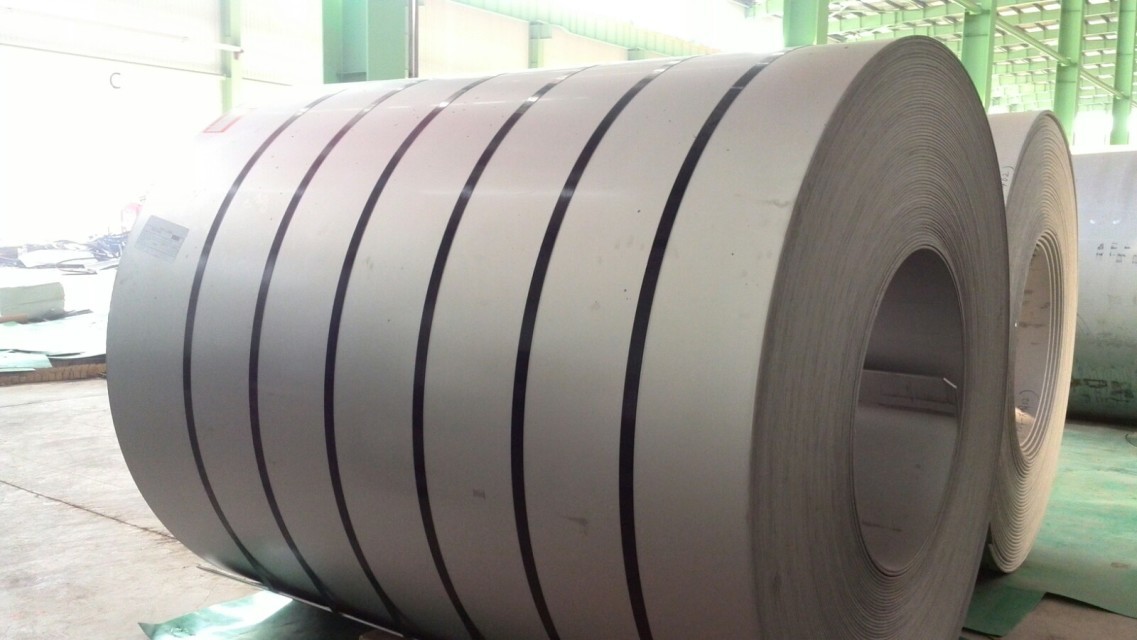Stainless steel is divided into:
Austenitic stainless steel (201, 202, 301, 304, 309, 309S, 310, 310S, 316, 316L, 317, 317L, 321, 347, 409,)
2. Super Austenitic Stainless Steel (904L, 254SMo)
3. Martensitic stainless steel (410, 420, 431)
IV. Ferritic Stainless Steel (430, 434)
V. Austenite-martensite duplex stainless steel (2205, 2304, 2507)
6. Precipitation hardening stainless steel (17-4PH, 17-7PH, 15-7Mo)
Explanation: Different metallographic structures in stainless steel not only represent different types of stainless steel, but also show that there are special differences in element ratio, production process, processing technology and product performance in different types of stainless steel, which naturally determines the price of different types of stainless steel.
304 and 316 Differences
316 and 316L are American grade stainless steel, corresponding to 0Cr17Ni12Mo2 and 00Cr17Ni14Mo2 in GB1220 respectively. It can be seen from L and double 0 that L is low in carbon content, the former is less than 0.08, and the latter is less than 0.03. Similar to the above, 304 and 304L are American brands, corresponding to 0Cr18Ni9 and 00Cr19Ni10, with carbon content less than 0.07 and 0.03, respectively.
Essentially different: different content elements, some students have written.
Uses are different: 304 is mostly used for household, commercial kitchen, general decoration; 316 is mostly used for food storage tanks, ship supplies, medical devices.
Prices vary: 316 is about 1.5 times the price of 304, raw materials.
Corrosion resistance is different: 316 is more acid and alkali resistant under the same environment.
Differentiation between 304 and 304L
Model 304 refers to materials widely used in the manufacture of wire mesh, which contain 18% chromium or 8% nickel (18-8) on the basis of stainless alloys. This material will not rust outdoors and will not be oxidized even if the temperature rises to 1400 degrees Fahrenheit. The 304L model is similar to the 304 model in nature, but the difference between them lies in the fact that the 304L model and the 304 model are similar in nature.
304L material has better braiding and welding characteristics because of its low carbon content.
304H features: stainless heat-resistant steel, has good bending, welding process performance, corrosion resistance, high endurance strength and structural stability, cold deformation ability is very good. The highest use temperature can reach 650 and the highest antioxidant temperature can reach 850.
The main difference is that the carbon content is different. The corresponding national standards are 0Cr18Ni9 and 00Cr18Ni9.304 series, which are called by Japan and the United States. The corrosion resistance of 304L is better than 304.
Characteristics of 316 Stainless Steel
The common types of stainless steel are 201 202 304 316.
316 and 317 stainless steels (317 stainless steel properties see below) are molybdenum-containing stainless steels. The molybdenum content of 317 stainless steel is slightly higher than that of 316 stainless steel. Because of molybdenum in steel, the overall performance of this steel is better than that of 310 and 304 stainless steel. At high temperature, 316 stainless steel has a wide range of uses when the concentration of sulphuric acid is lower than 15% and higher than 85%. 316 stainless steel also has good chloride corrosion performance, so it is usually used in marine environment.
The maximum carbon content of 316L stainless steel is 0.03, which can be used for applications where annealing is not possible after welding and maximum corrosion resistance is required.
Corrosion resistance
The corrosion resistance of 304 stainless steel is better than that of 304 stainless steel. It has good corrosion resistance in pulp and paper making process. Moreover, 316 stainless steel is also resistant to marine and corrosive industrial atmospheric erosion.
Heat resistance
316 stainless steel has good oxidation resistance in discontinuous use below 1600 degrees and continuous use below 1700 degrees. In the range of 800-1575 degrees, it is better not to continuously act on 316 stainless steel, but when 316 stainless steel is continuously used outside this temperature range, the stainless steel has good heat resistance. The carbide precipitation resistance of 316L stainless steel is better than that of 316 stainless steel, which can be used in the above temperature range.
heat treatment
It is annealed in the temperature range 1850-2050 degrees, then annealed rapidly, and then cooled rapidly. 316 stainless steel can not be hardened by superheat treatment.
welding
316 stainless steel has good weldability. All standard welding methods can be used for welding. According to the use, 316Cb, 316L or 309Cb stainless steel filler rod or electrode can be used for welding. In order to obtain the best corrosion resistance, the welded section of 316 stainless steel needs to be annealed after welding. If 316L stainless steel is used, post-weld annealing is not required.
Post time: Apr-08-2019





